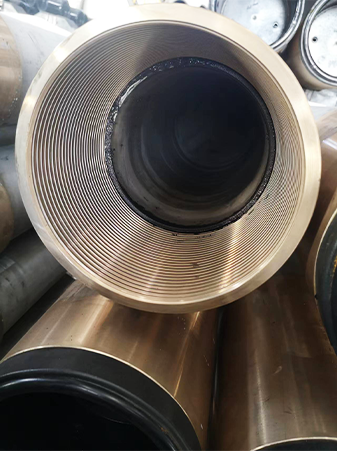- Afrikaans
- Albanian
- Amharic
- Arabic
- Armenian
- Azerbaijani
- Basque
- Belarusian
- Bengali
- Bosnian
- Bulgarian
- Catalan
- Cebuano
- Corsican
- Croatian
- Czech
- Danish
- Dutch
- English
- Esperanto
- Estonian
- Finnish
- French
- Frisian
- Galician
- Georgian
- German
- Greek
- Gujarati
- Haitian Creole
- hausa
- hawaiian
- Hebrew
- Hindi
- Miao
- Hungarian
- Icelandic
- igbo
- Indonesian
- irish
- Italian
- Japanese
- Javanese
- Kannada
- kazakh
- Khmer
- Rwandese
- Korean
- Kurdish
- Kyrgyz
- Lao
- Latin
- Latvian
- Lithuanian
- Luxembourgish
- Macedonian
- Malgashi
- Malay
- Malayalam
- Maltese
- Maori
- Marathi
- Mongolian
- Myanmar
- Nepali
- Norwegian
- Norwegian
- Occitan
- Pashto
- Persian
- Polish
- Portuguese
- Punjabi
- Romanian
- Russian
- Samoan
- Scottish Gaelic
- Serbian
- Sesotho
- Shona
- Sindhi
- Sinhala
- Slovak
- Slovenian
- Somali
- Spanish
- Sundanese
- Swahili
- Swedish
- Tagalog
- Tajik
- Tamil
- Tatar
- Telugu
- Thai
- Turkish
- Turkmen
- Ukrainian
- Urdu
- Uighur
- Uzbek
- Vietnamese
- Welsh
- Bantu
- Yiddish
- Yoruba
- Zulu
what are the differences between casing and tubing?
Differences Between Casing and Tubing in Oil and Gas Industry
In the oil and gas industry, casing and tubing are critical components of the drilling process, each serving distinct purposes and having specific characteristics. Understanding their differences is essential for engineers and field personnel involved in the drilling and production of hydrocarbons.
Casing is a large diameter pipe that is set in the drilled borehole to stabilize the wellbore and prevent the walls from collapsing. It is typically made of steel and is cemented in place to create a solid structure within the well. Casing serves several purposes it prevents the intrusion of groundwater into the oil and gas formations, provides a barrier to isolate different pressure zones, and protects the well from external environmental factors. There are several types of casing, including surface casing, intermediate casing, and production casing, each designated for different operational depths and geological conditions. The surface casing is run first to protect shallow groundwater, while the production casing is set to the total depth of the well to allow for the extraction of hydrocarbons.
Tubing, on the other hand, is a smaller diameter pipe installed inside the casing. Its primary purpose is to facilitate the flow of oil and gas from the reservoir to the surface. Tubing is designed to withstand the pressure of the hydrocarbons being produced, and it is often made from high-strength materials that can endure the harsh conditions encountered in the well. Unlike casing, tubing is not cemented in place, allowing for easy retrieval, maintenance, or replacement if necessary.
what are the differences between casing and tubing?

A significant difference between the two is their function in the production phase. Casing provides the structural integrity of the well, while tubing is the conduit through which hydrocarbon production occurs. The casing remains in the well for its entire life cycle, whereas tubing can be pulled out for repairs or when the well is abandoned.
Additionally, the installation process of casing and tubing varies. Casing is installed during the drilling phase and involves a process of drilling, casing, and then cementing. Tubing is installed later, after the well has been completed, and it is placed through the production casing once the well has been tested.
In summary, casing and tubing are both integral to the drilling and production processes in the oil and gas industry, but they serve different purposes. Casing ensures well integrity and safety, while tubing enables hydrocarbon transport to the surface. Understanding their differences helps in making informed decisions regarding well design and operational strategies, ultimately contributing to the efficiency and safety of oil and gas extraction activities.
-
Well Casing Extension Couplings – Applications and InstallationNewsJun.06,2025
-
Types of Crossover Subs in Drilling & CompletionNewsJun.06,2025
-
Key Features of High-Quality Tubing Pup JointsNewsJun.06,2025
-
Installation and Maintenance Tips for Steel Couplings for PipeNewsJun.06,2025
-
How to Select the Right Pup Joint for Oil & Gas OperationsNewsJun.06,2025
-
Applications of Stainless Steel Pipe CouplingsNewsJun.06,2025







